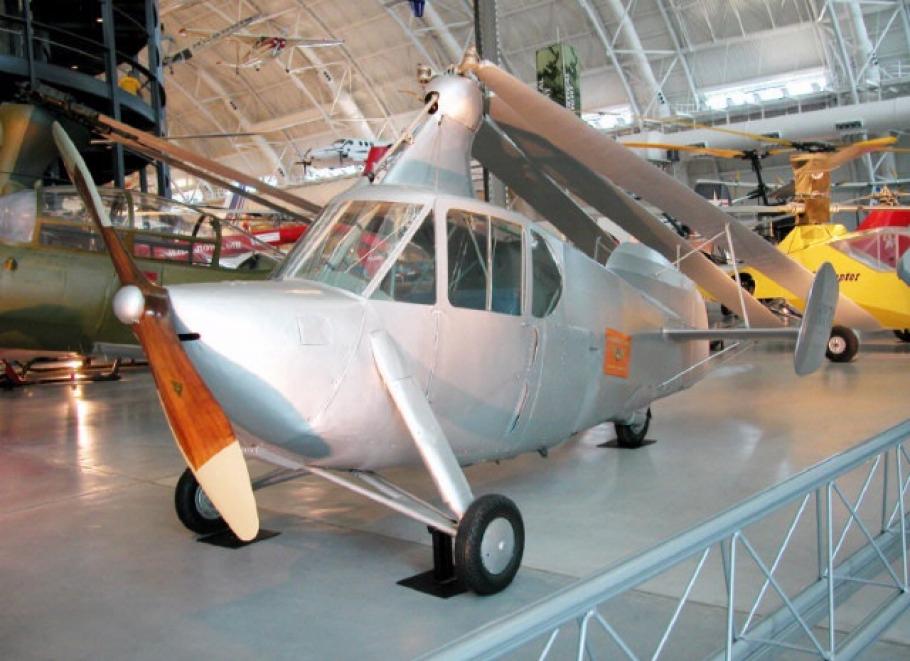12 Images
Developed for a Department of Commerce competition to create an aerial "Model T," the innovative two-seat AC-35 Autogiro could takeoff and land in 52 m (173 ft). After folding back the rotors, the pilot could switch engine power to the rear drive wheel, allowing street speeds of 40 kph (25 mph). The AC-35 initially suffered from stability problems, but further experimentation resulted in an aircraft that was safe and relatively easy to fly.
The AC-35 prototype performed well, but the $12,500 price tag was several times the average family income of 1936, and did not meet the goal of an affordable $700 aircraft for the suburbanite. Harold Pitcairn's Autogiro Company of America built only one AC-35 but continued work on an improved version. The beginning of World War II and the advent of the practical helicopter and spelled an end to Pitcairn's hopes for quantity production of the type.
Display Status
This object is on display in Vertical Flight at the Steven F. Udvar-Hazy Center in Chantilly, VA.
Object Details
Date
1936
Country of Origin
United States of America
Type
CRAFT-Rotary Wing
Manufacturer
Autogiro Company of America
Dimensions
Rotor Diameter: 11.1 m (36 ft 4 in)
Length: 5.0 m (16 ft 3 in)
Height: 2.4 m (8 ft)
Weight: Empty, 376 kg (828 lb)
Gross, 599 kg (1,320 lb)
Materials
Silver-doped fabric and steel tube 2-seat roadable autogiro; 3-blade wood and fabric rotor; 2-blade wood propeller.
Inventory Number
A19500086000
Credit Line
Transferred from the Civil Aeronautics Administration
Data Source
National Air and Space Museum
Restrictions & Rights
Usage conditions apply
For more information, visit the Smithsonians Terms of Use.



